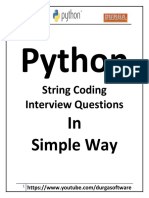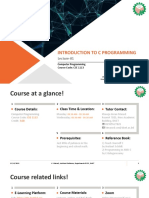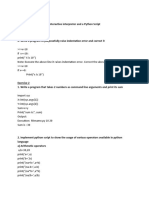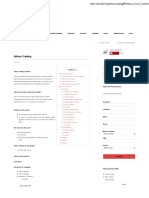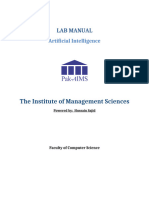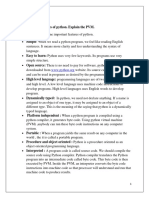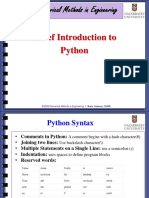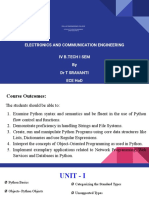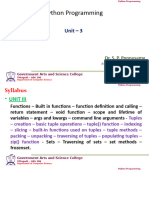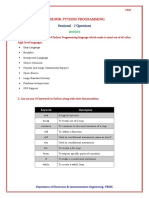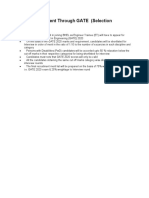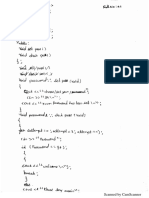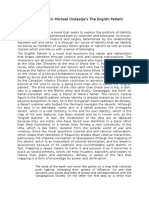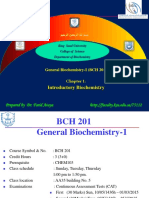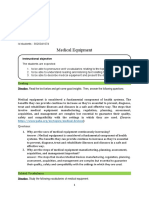100% found this document useful (1 vote)
302 views24 pages7.0-Python Trainings
The document provides information about a Python training course offered by Numaware Technologies Pvt. Ltd. It discusses key topics that will be covered in the training including Python basics like data types, operators, conditional statements, functions and file I/O. It also covers object oriented programming concepts like classes, inheritance and exceptions. Other topics include modules, standard libraries, data structures, database programming, threads and GUI programming. The training aims to equip candidates with in-demand Python skills for career opportunities in software development.
Uploaded by
Shidramayya HiremathCopyright
© © All Rights Reserved
We take content rights seriously. If you suspect this is your content, claim it here.
Available Formats
Download as PDF, TXT or read online on Scribd
100% found this document useful (1 vote)
302 views24 pages7.0-Python Trainings
The document provides information about a Python training course offered by Numaware Technologies Pvt. Ltd. It discusses key topics that will be covered in the training including Python basics like data types, operators, conditional statements, functions and file I/O. It also covers object oriented programming concepts like classes, inheritance and exceptions. Other topics include modules, standard libraries, data structures, database programming, threads and GUI programming. The training aims to equip candidates with in-demand Python skills for career opportunities in software development.
Uploaded by
Shidramayya HiremathCopyright
© © All Rights Reserved
We take content rights seriously. If you suspect this is your content, claim it here.
Available Formats
Download as PDF, TXT or read online on Scribd
/ 24







